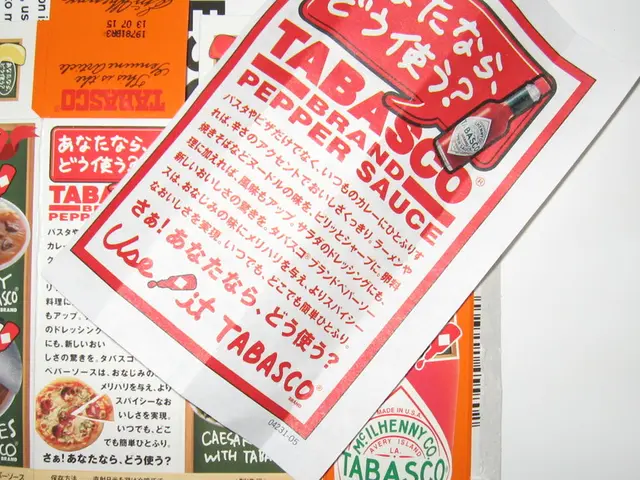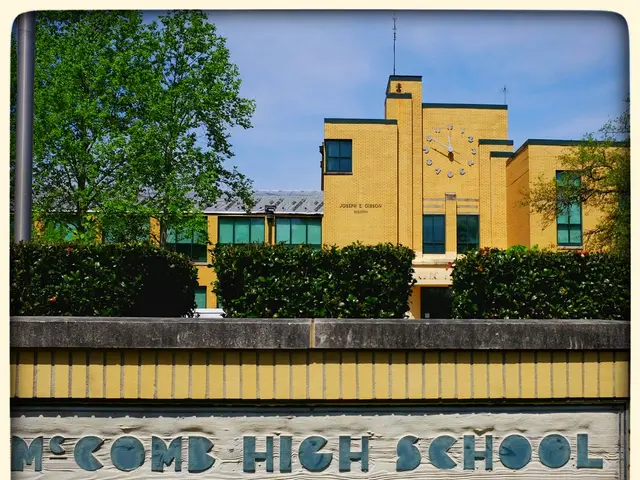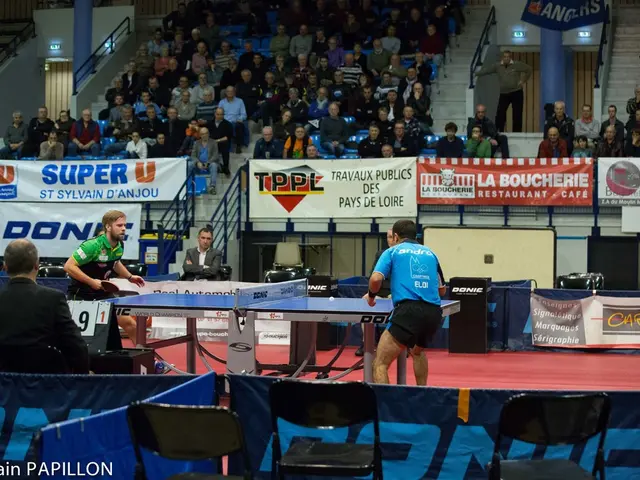Cooperative Learning for Children: Engaging in Joint Discovery at Museo Dei Bambini (Children's Museum)
"Let's get this collaboration party started!"
There's no denying that when kiddos team up, magic happens. In the wise words of Lev Vygotsky, "What a child can do in cooperation today, they can do alone tomorrow." And that's just the tip of the iceberg! The theory of social constructivism has us believing that learning is all about social vibes.
Kids don't simply soak up information like sponges; they co-create it through discussions, imitation, conflicts, and discoveries together. And thanks to peer learning, they level up their skills faster than you can say "brainpower!"
So, what's social constructivism and why's it so cool? It's all about cognitive development being shaped by your interactions with others. Kids learn best when they engage with others (hello, older children and adults!), especially their peers.
Ever heard about the Zone of Proximal Development (ZPD)? Picture a learning zone with three circles: the stuff they can do alone, the stuff their smarty-pants teacher can do, and the stuff they can't quite figure out yet. But, with a little teamwork, they can conquer it!
Unlike a one-man-show, social constructivism is all about dialogue, shared problem-solving, and co-authored meaning. It's not just about solo achievements, but about working together, connecting ideas, and understanding each other's perspectives.
The proof is in the pudding, ya'll. Countless research studies prove that peer learning enhances both cognitive and emotional outcomes. In a 2015 meta-analysis, students in small groups had better transfer performance, meaning they scored higher on tasks they hadn't been taught directly. Plus, peer interactions in class settings improve social skills, language development, and conflict resolution.
Now, let's take a peek at how the Museo dei Bambini puts social constructivism into action. They create spaces where little learners can engage in shared challenges, negotiations, and mentorship—it's like a dreamland of brainstorming, questioning, and bonding.
- Wall Run: Synchronized Movement and Shared Strategy - It's a race race, but it makes you think: how can we strategize together to get the most points?
- Colorku: Solving Together - This colorful puzzle game is like an adventure with a friend by your side, using your noggins together to crack the code.
- Line Logic: Co-Designed Puzzles - It's like brainstorming with a buddy, building puzzles together, and taking turns to solve them!
- Dinosaur Bones: Team Digging and Discovery - Put on your burrowing boots and join forces to uncover dinosaur fossils! 🦕
- Mega Magnet Tiles: Building Big, Building Together - Teaming up to construct mammoth structures using translucent magnets, it's all about teamwork, trust, and dayum big construction!
And guess what? Those all-knowing educators have noticed the power of collaboration, too. Collaboration doesn't just help kids push their thinking further, but encourages better questioning, deeper reflection, and stronger teamwork. And in the wise words of one educator, "It's like kids want a co-pilot for the discovery." Not just in the museum, but in life as well!
But, don't just take our word for it. A 2021 study found that structured, play-based social interaction improves executive functioning skills, like working memory and cognitive flexibility, in preschoolers [5]. Plus, frequent back-and-forth conversations with adults significantly predict advanced vocabulary growth and sentence use in young children [4].
So, the next time you're feeling lonely, remember: most deep learning happens in relationships. Be it a toddler echoing an older child's action or a group negotiating a gigantic magnet tile construction, social interaction is what we were meant for.
And hey, who knows? The friendships your little one forges through social interactions at the museum might last a lifetime. So, there you have it—life, friendship, problem-solving, cognitive growth, all mixed together in the fantabulous swirl that is the hapi-collaborative world.
Want to dive DEEPER into this?
- At the Museo dei Bambini, the 'Wall Run' activity encourages 'bambini' to apply their learning in 'teamwork' and strategy, serving as a prime example of 'education-and-self-development' through 'art'.
- During the 'Colorku' game, children engage in 'shared problem-solving', furthering their 'learning' journey and building 'emotional outcomes' through 'peer interaction'.







